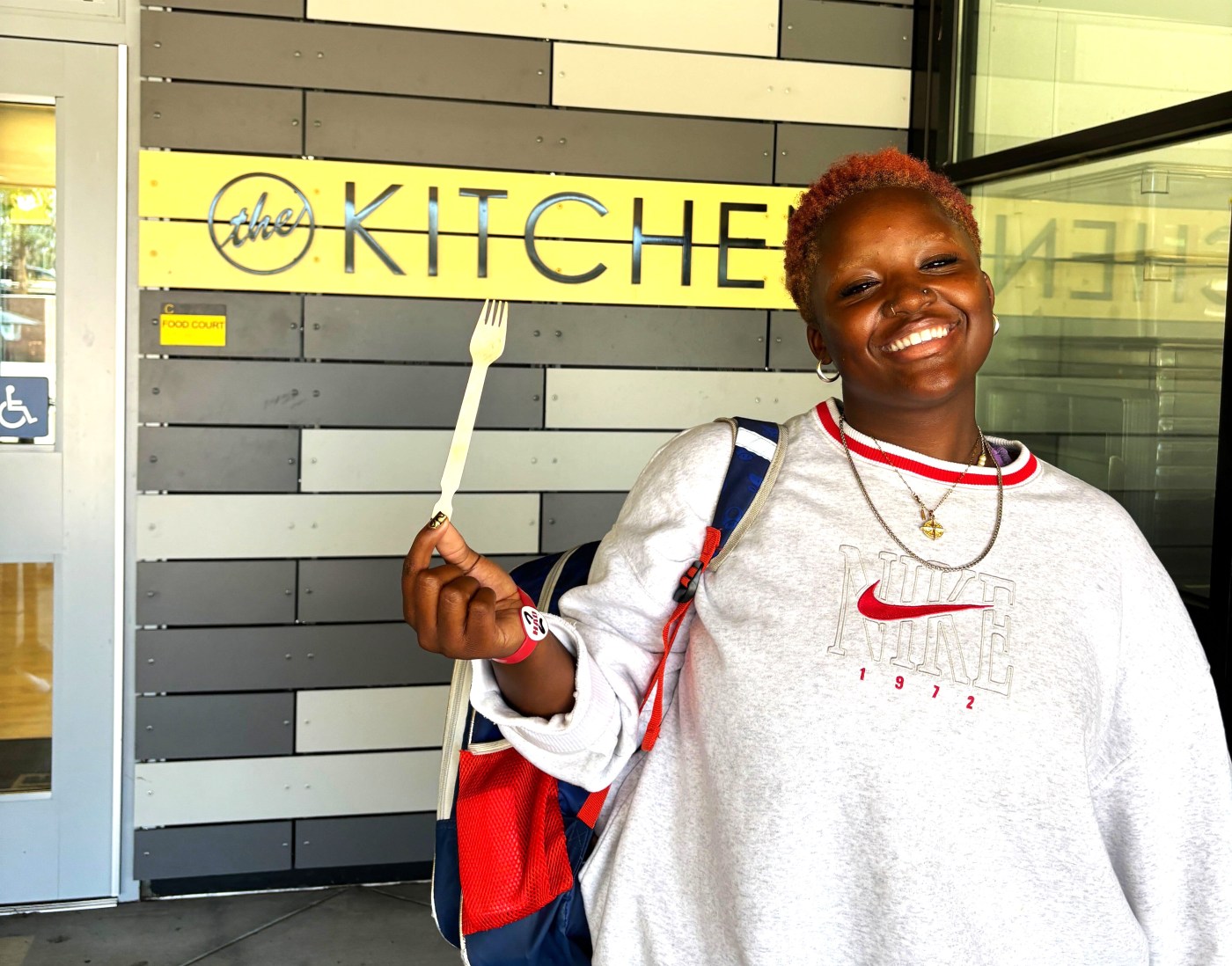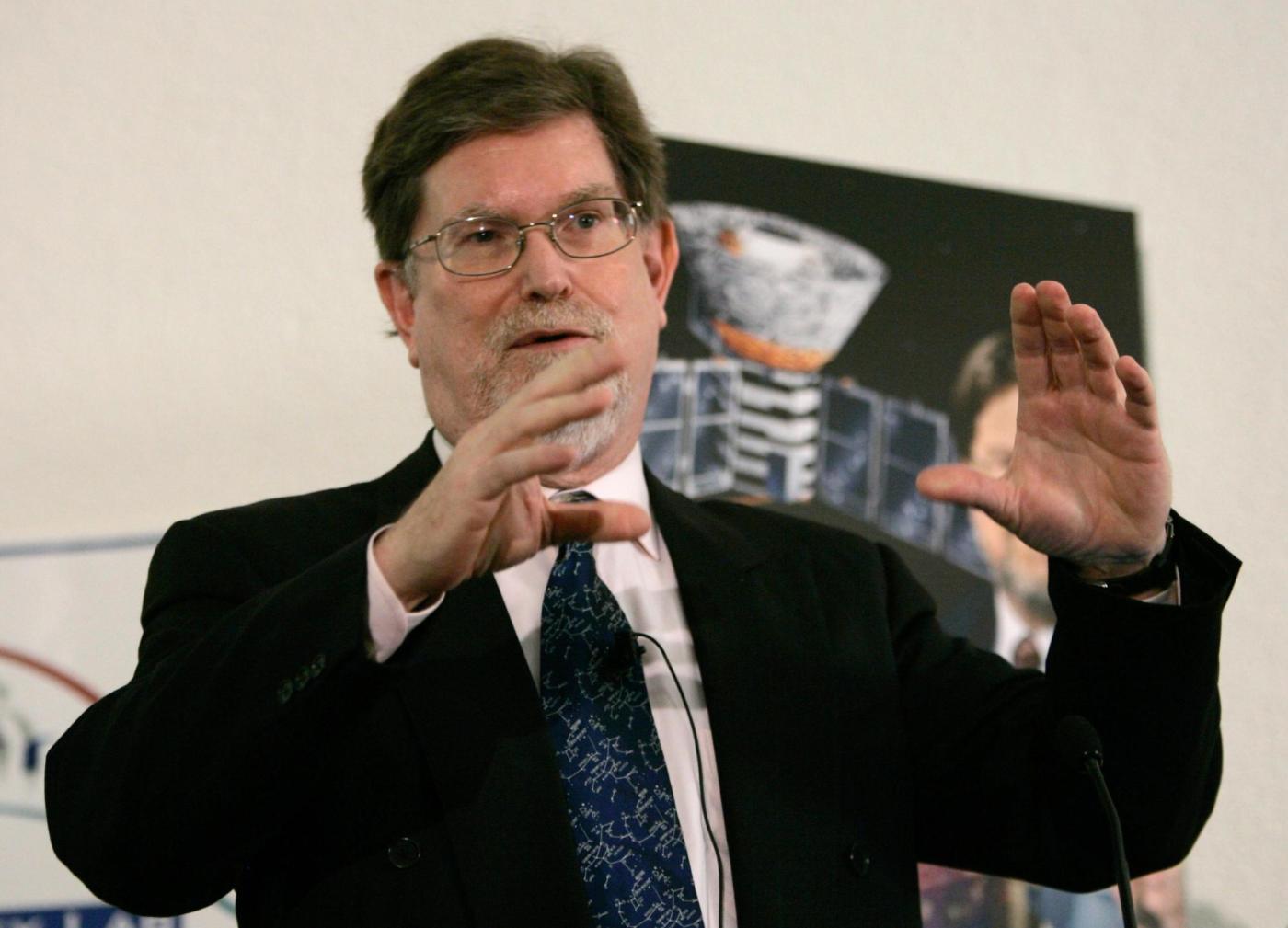Editor’s Note: This article was written for Mosaic, an independent journalism training program for high school and college students who report and photograph stories under the guidance of professional journalists.
Concerned about the amount of waste and use of nonrenewable items in school cafeterias, some Bay Area students and school districts have initiated changes toward more sustainable practices.
In response to students’ requests to be more eco-friendly, the Campbell Union School District has increased recycling efforts and is taking steps to reduce plastic waste. The district also plans to offer compostable utensils and large condiment dispensers in lieu of individual condiment packets.
“Students were tired of seeing plastic lunch waste all around their school campus,” said Nalani Jackson, a 12th grader at Del Mar High School in San Jose and a member of the school’s Sustainable Society Club.
She said concerned students used polls and surveys to lobby for changes.
“We also had to attend a lot of the board meetings and make the students’ voices heard to really push for this change.” It would not have happened, she added, “without the students, without the administrators, without everyone.”
Districts that have tried transitioning to more sustainable cafeteria practices cite student buy-in as key, from grade school on up.
In a report on Palo Alto Unified School District’s move to using reusable plastic baskets in 12 elementary schools, district Sustainability Program Manager Rebecca Navarro said, “We were worried that kids would throw away baskets. But our students said, ‘Why would we throw these away? They are obviously not trash!’ ”
Fremont Unified School District recently implemented a similar program. In an effort to transition from single-use lunch trays, citing the needless waste and the possibility of chemicals from throwaway trays leaching into foods, the district has introduced reusable trays in 10 elementary schools.
Related Articles
Data centers’ huge appetite for power concerns South Bay youth
San Jose teens express concerns about rising housing prices
South Bay teens say AI needs more guardrails to protect youth
Cultures converge at Mid-Autumn Moon Festival in San Jose
Del Mar High School launches flag football team as sport takes off
At the high school level in Fremont, “We recently changed to metal dispensers for ketchup, mayo, and mustard,” forgoing plastic packets, said senior Angel Li. She is president of the Youth4Climate club at Mission San Jose High.
Li added she’d like to see additional changes, such as reusable utensils. But she acknowledged the possible challenges in cost. “Schools might not want to make these changes because it might lead to a need for more staff … so the parents and students need to really push for these changes.”
Whether it’s because of cost or other obstacles, many schools continue to use single-use items in their cafeteria. Logan High School in Union City, with a student body of more than 3,000, provides students with plastic utensils.
“I definitely think Logan can improve on implementing more sustainable efforts,” junior Pradyu Singh said. “I believe we should go back to using silverware.”
But he added that steps have been taken in the right direction. “I was greatly impressed when our school switched from the carton milk … to milk dispensers that can be refilled daily,” he said.
And he mentioned that with the switch to condiment dispensers, there comes a benefit beyond sustainability: “We have a lot more sauce options.”
Sami Khan is a member of the class of 2026 at James Logan High School in Union City.





